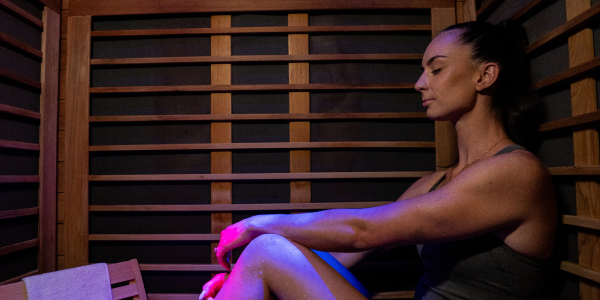Believe it or not, the condition known as Seasonal Affective Disorder (SAD) has only been identified since 1984, after psychiatrist Norman Rosenthal MD moved from South Africa to the U.S. He noticed that as the days got shorter and darker, he personally experienced a drop in energy and difficulty in completing all of his daily tasks. He studied the condition, published his research and coined the term which has now taken ahold of meme culture circa September through April of each year.
Rosenthal found that about 1 in 20 people in the U.S. has SAD, and that its occurrence increases in populations located further away from the equator. For example, it’s more likely to occur in New Hampshire versus Florida. SAD is also more common in young adults. Thanks to Rosenthal’s continual work on SAD for the past 30+ years, SAD is not only recognized, but treatments have been developed to help combat the condition.
What Is Seasonal Affective Disorder?
Seasonal affective disorder (SAD) is a type of depression that typically starts in the fall, lasts throughout the winter and goes away as spring and summer arrives. People may start to feel “down” when the days get shorter in the fall and winter (also called “winter blues”) and begin to feel better in the spring, with longer daylight hours. In some cases, these mood changes are more serious and can affect how a person feels, thinks, and handles daily activities. If your mood changes and behavior are significant in coordination with the changing of the seasons, you may be suffering from seasonal affective disorder.
According to the American Psychiatric Association, SAD is officially classified as a major depressive disorder with seasonal patterns. So if you have seasonal affective disorder, you may have mood changes and symptoms of depression, including:
- Sadness, feeling depressed most of the day, almost every day
- Anxiety
- Carbohydrate cravings and weight gain
- Extreme fatigue and lack of energy
- Feelings of hopelessness or worthlessness
- Trouble concentrating
- Feeling irritated or agitated
- Limbs (arms and legs) that feel heavy
- Loss of interest in usually pleasurable activities, including withdrawing from social activities
- Sleeping problems (usually oversleeping)
- Thoughts of death or suicide
What Causes Seasonal Affective Disorder?
The specific cause of seasonal affective disorder remains unknown. But several factors may include:
Circadian rhythms: A reduced level of light in the winter may disrupt your body’s internal clock and lead to depression.
Serotonin levels: Reduced sunlight can cause a drop in serotonin that may trigger depression.
Melatonin levels: The change in season can disrupt the balance of the body's level of melatonin, which plays a role in sleep patterns and mood.
Vitamin D levels: Since sunlight helps produce vitamin D, less sun in the winter can lead to a Vitamin D deficiency. That change can affect your serotonin level and your mood. Low levels of vitamin D have been found in people with SAD. However, it’s unclear whether vitamin D supplementation can help to relieve SAD symptoms.
How Can I Manage Seasonal Affective Disorder?
Light Therapy
Some people just need more light, but evidence on light therapy as a preventive treatment of SAD is limited. However, SAD lamps are widely available and affordable.
Cognitive Behavioral Therapy
CBT is a type of talk therapy. Research has shown it effectively treats SAD, producing the longest-lasting effects of any treatment approach.
Get Outdoors During Daylight Hours
Getting more sunlight can improve symptoms and synthesize Vitamin D. Remember that levels of Vitamin D were found to be low in people with SAD.
Infrared Sauna
“The most common form of SAD is recurrent unipolar major depression that occurs in a seasonal pattern,” says Dr. Rich Joseph, chief medical officer at Restore Hyper Wellness. “An infrared sauna is a good option for people with SAD,” he continues, “likely because it provides the light and warmth they desperately need.” And according to this study, researchers treated patients with major depressive disorder with heat so that their core body temperature reached temperatures equivalent to those experienced with sauna use. Following just one treatment session, subjects experienced elevations in mood that lasted for several weeks. Because SAD is a form of depression, exposure to heat and light via infrared sauna may provide relief from SAD symptoms.
Red Light Therapy
Red Light Therapy has been shown to significantly reduce major depression in test subjects with no side effects. Because SAD is a form of depression, exposure to heat and light via red light therapy may provide relief from SAD symptoms.
*You should always seek the advice of your physician or other qualified health care providers if you have questions regarding a medical condition or treatment or before starting or stopping any healthcare or health related regimen.






